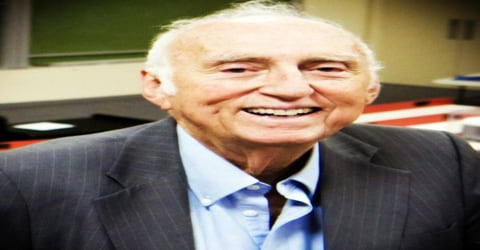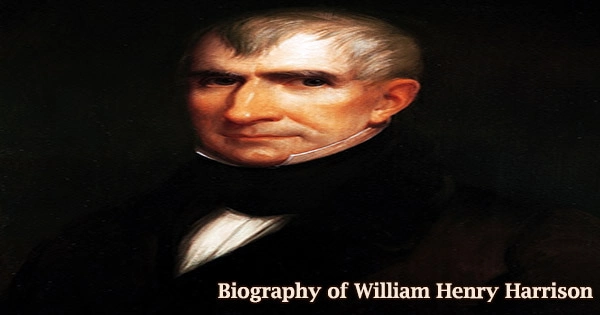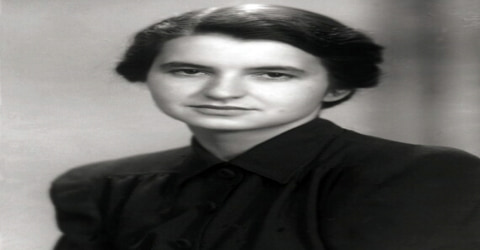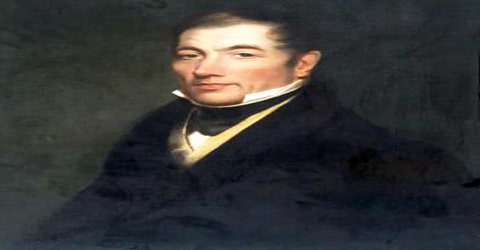Biography of Martin Lewis Perl
Martin Lewis Perl – American chemical engineer and physicist.
Name: Martin Lewis Perl
Date of Birth: June 24, 1927
Place of Birth: Manhattan, New York, United States
Date of Death: September 30, 2014 (aged 87)
Place of Death: Palo Alto, California, United States
Occupation: Chemical Engineer and Physicist
Father: Fay Perl
Mother: Oscar Perl
Spouse/Ex: Teri Hoch Perl
Children: 4
Early Life

An American physicist who received the 1995 Nobel Prize for Physics for discovering a subatomic particle that he named the tau, a massive lepton with a negative charge, Martin Lewis Perl was born on June 24, 1927, in New York City, New York to Oscar and Fay Perl. The tau, which Perl found in the mid-1970s, was the first evidence of a third “generation” of fundamental particles, the existence of which proved essential for completing the so-called standard model of particle physics. Perl was jointly awarded the Nobel Prize with physicist Frederick Reines, who had discovered another subatomic particle, the neutrino, in the 1950s.
For his epochal work in particle physics, he was decorated with the Nobel Prize in Physics in 1995. Interestingly, today known as the prodigious child of physics, Perl wasn’t interested in pursuing research as his profession initially. Though being a bright student, he feared if he could make a living out of research in physics and opted for chemical engineering instead for a ‘brighter’ prospect. However, fate had something else in store for this born-genius who took to studying physics while working as a chemical engineer. Soon, he gained his Ph.D. in the subject. Before taking up research work at the Stanford Linear Accelerator Center (SLAC), Perl spent eight years at the University of Michigan. His best bit, however, came at SLAC where he discovered tau particle. It took several years of an experiment to establish the existence of a new particle. His work which was earlier panned by the scientific society later gained acceptance and was eventually honored with a Nobel Prize.
Childhood, Family and Educational Life
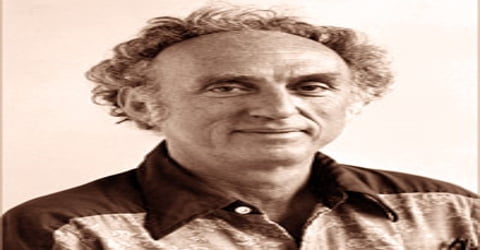
A noted American physicist, Martin Lewis Perl was born on June 24, 1927, in New York City, New York, the U.S. to Fay and Oscar Perl. His parents were Jewish who had immigrated to the USA from Polish-occupied Russia. His mother worked as a secretary and bookkeeper for a textile firm while his father worked as a stationery salesman before founding his own printing and advertising company.
Perl was a brilliant student, and he excelled academically. In 1942, he enrolled at James Madison High School. He was particularly good at Physics and had won a prize, but Perl did not consider becoming a scientist. He wanted to do a profession that can give him a decent living. He took chemical engineering instead of physics research.
In 1948 Perl graduated from the Polytechnic Institute of Brooklyn (now NYU Polytechnic School of Engineering) with a degree in chemical engineering. After working as a chemical engineer for two years, he studied nuclear physics at Columbia University (Ph.D., 1955). He was an instructor and associate professor at the University of Michigan (1955-63) before joining (1963) the faculty of Stanford University, where he remained, becoming professor emeritus in 2004.
Personal Life
Martin Lewis Perl was married to Teri Hoch Perl. The couple was blessed with three sons and a daughter.
Interestingly, Perl lived his childhood dream of having construction toys by amassing a large collection of them later in his life. He believed that it is these toys which could germ out the experimental creativity of people.
Career and Works
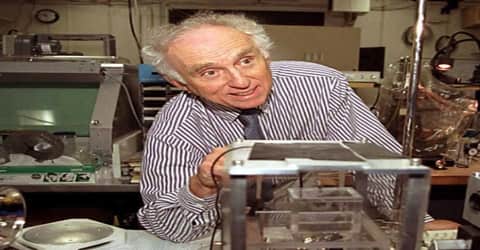
Following his Ph.D., Martin Lewis Perl spent 8 years at the University of Michigan, where he worked on the physics of strong interactions, using bubble chambers and spark chambers to study the scattering of pions and later neutrons on protons. While at Michigan, Perl and Lawrence W. Jones served as co-advisors to Samuel C. C. Ting, who earned the Nobel Prize in Physics in 1976.
Perl took up work as a chemical engineer for the General Electric Company, producing electron vacuum tubes. His interest in the working of television tubes led him to enroll for a course in atomic physics and advanced calculus at Union College, Schenectady, New York. Perl’s course in physics ignited his interest in the subject so much so that he decided to study the subject formally. He graduated as a physics student in 1950. Following this, Perl enrolled at the Columbia University for a Ph.D. Under the guidance of Isidor Isaac Rabi, he completed his thesis on measurements of the nuclear quadrupole moment of sodium, using the atomic beam resonance method. He received his Ph.D. in 1955.
Perl moved to Stanford Linear Accelerator in 1963. He had an ardent desire to satisfy his curiosity in the study of the eclectics of muon at Stanford. He experimented on why muon interacted precisely like the electron despite being 206.8 times heavier and the reason it decayed through the route that it does. Together with his group, Martin Lewis Perl intended at finding an even more massive electron than muon. He deliberated that in the grand scheme of things that would help explain the role of a muon. He understood that such particles could be figured out only through a new collider. He used the Stanford Accelerating Ring for this. The process that would eventually lead to the decay of particles radioactively leaves behind a distinctive trail of subatomic debris.
In 1966 Perl was part of a research team that made an unsuccessful attempt to discover newly charged leptons by colliding electrons at the Stanford Linear Accelerator Center (SLAC). A new particle accelerator that began operation at SLAC in the early 1970s had the capacity to reach high energy levels that were previously inaccessible. With this new machine, Perl recorded frontal collisions between electrons and their antiparticles, positrons.
In 1973, Perl began the magnum opus of his career. The Spear machine became operational, colliding electrons and positrons in higher energy to produce tiny fireballs. Though the collision led to the production of a particle, the life of the unknown particle was just 2.9×10−13 second long, leading to its decay within a few millimeters of the collision. It was clear by 1975 that there existed something that was heavier in mass than an electron. Perl held a conference and made his discovery of a new particle known to the public.
Initially, Perl’s discovery of the new particle met with a lot of criticism. He was heavily criticized because of the lack of logical explanation for his development. Perl and his group took more than two years to collect and establish the existence of the new particle. They named it as ‘Tau,’ the elementary particle similar to an electron. ‘Tau’ together with electron and muon formed a triad.
‘Tau’, meaning ‘third’ in Greek was 3500 times as massive as the electron. Despite its massive size, it lived for only a third of the trillionth of a second before decaying into a spray of its lighter brethren, neutrinos. Tau is the heaviest of the electron brothers. As per the rules laid down in the physical world, matter in the universe is divided into two sets of six particles each six leptons comprising of three electron brothers and three neutrinos and six quarks which make up for innards of particles protons and neutrons.
In a series of experiments conducted between 1974 and 1977, he found that the collisions formed heavy leptons, later called tau particles, that decay in less than a trillionth of a second into neutrinos and either an electron or a muon. He also discovered the antitau, which decays into neutrinos and either a positron or an antimuon.
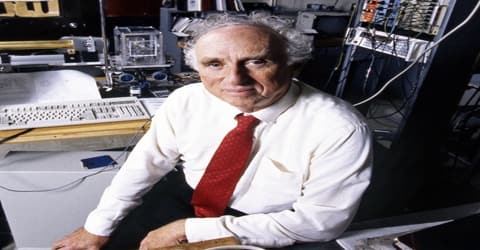
Perl did not give up on his research career after his outstanding discovery of the tau lepton. He continued to investigate the nature of quarks. Post-retirement as well, Perl continued his research, collaborating with scientists at SLAC on numerous projects including one investigating dark energy. Apart from his research, Perl took up academic positions as well. From 1955 to 1963 he served as an instructor and later associate professor at the University of Michigan. In 1963, he joined the faculty of Stanford University and became Professor Emeritus in 2004. He even joined the University of Liverpool as a visiting professor.
Awards and Honor
Martin Lewis Perl won the Nobel Prize in 1995 jointly with Frederick Reines. The prize was awarded “for pioneering experimental contributions to lepton physics”. Perl received half “for the discovery of the tau lepton” while Reines received his share “for the detection of the neutrino”.
Perl served on the board of advisors of Scientists and Engineers for America, an organization focused on promoting sound science in American government.
Perl was awarded an honorary doctorate from the University of Belgrade in 2009.
Death and Legacy
Martin Lewis Perl breathed his last on September 30, 2014, at Stanford University Hospital due to a heart attack. He was 87 years of age.
Perl’s most outstanding achievement came during the latter half of the 1970s. Along with his group of fellow physicists, he conducted several experiments between 1974 and 1977. Using the new machine Spear, he recorded the collision of electrons and positrons in high energy. Though the collision led to the production of a particle, the life of the unknown particle was just 2.9×10−13 second long, leading to its decay within a few millimeters of the collision. It was only after a couple more years and several more experiments that Perl made tau lepton known to the world. Tau lepton was heavier than electrons and considered the third brother of an electron, other being muon.
Perl’s fantastic discovery of Tau established the fact that there was an additional family of particles. There were two previously known families and the tau lepton particles. He received the Nobel Prize with physicist Frederick Reines, who discovered another subatomic particle called the neutrino in the 1950s. Perl served on the board of advisors of Scientist and Engineers for America. It is an organization focused on promoting comprehensive science in American government.
Information Source:
